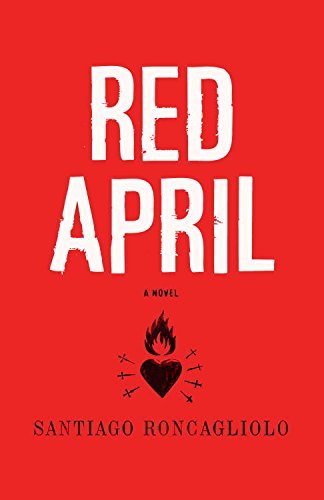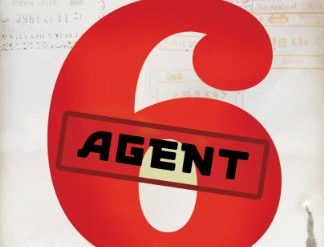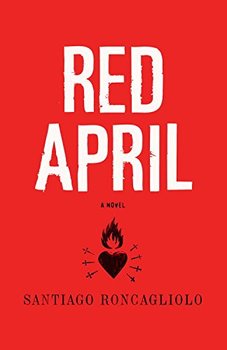
Most Americans today associate international terrorism with Al Qaeda, the Taliban, and their many radical Islamist offspring and imitators. Sadly, though, these groups are just the latest examples of a perverted indulgence in violence that has cropped up all over the world since the 1960s. The Baader-Meinhof Gang in Germany and the Weather Underground in the USA. The Popular Front for the Liberation of Palestine. Tamil Tigers in Sri Lanka. And so very many more. But one of the most destructive and longest-lasting of these homicidal organizations practiced terrorism in the Andes. It was the Sendero Luminoso in Peru, known in English as the Shining Path, and was most active from 1980 to 1992. But in Red April, the Peruvian novelist Santiago Roncagliolo portrays the group’s resurgence in 2000 after it had allegedly been eradicated.
Red April by Santiago Roncagliolo (2009) 290 pages ★★★★☆
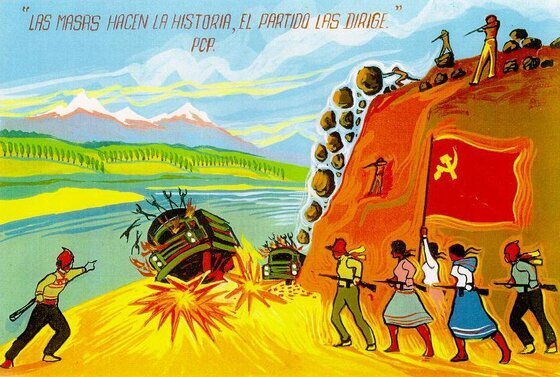
A hapless observer views the resurgence of terrorism in the Andes
Associate District Prosecutor Félix Chacaltana Saldívar is not very bright. He may even be mentally ill. His obsessive devotion to his long-dead mother certainly seems to suggest that. But here he is, back in his hometown of Ayacucho early in 2000 after many years in the Ministry of Justice in Lima. And it’s his bad luck that a particularly gruesome murder case falls into his lap.
In Red April, most of the action takes place in that month of 2000. We follow the long, tortuous path of Félix Chacaltana Saldívar’s investigation into a number of linked murders. Roncagliolo tells his tale largely through the prosecutor’s official reports, which are couched in language of such Byzantine prolixity as to make even the hardiest bureaucrat proud. Yet, no matter how dry the language or its attempts to circumvent the truth, the abject fear evoked by Sendero comes through clearly. Chacaltana shares that fear as he observes the resurgence of the Shining Path guerrilla movement and the Peruvian police and army’s brutal response. It’s a macabre tale, this portrayal of terrorism in the Andes, and it’s not for the squeamish.
Before Al Qaeda, there was the Shining Path
The People’s War, 1980-1999
In May 1980, the Partido Comunista del Perú – Sendero Luminoso, rendered in English as the Shining Path, launched a Maoist insurgency in the Andean highlands near Ayacucho. The group soon gained support among the Quechua-speaking peasants of the region, although it only had about 3,000 armed members at its greatest extent. Most of today’s Islamic extremists gain only limited support from the communities where they operate, but terrorism in the Andes was different. Sendero was a popular movement.
Resurgence, 2000-2003
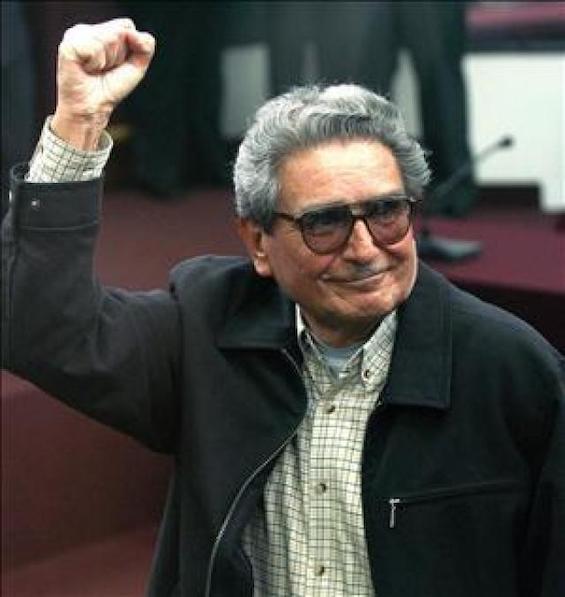
Sendero‘s brutality was legendary, and its history calls to mind the practices of today’s ISIS. When President Alberto Fujimori took office in 1990, he responded to Shining Path with repressive force that gained a similar reputation for excessive violence. And in 1992 the Peruvian military captured Abimael Guzmán, a former university philosophy professor who had founded Sendero in 1969 and was revered as its leader. By the end of the decade, the insurgency was moribund. However, a militant faction of the group resumed the fight, carrying out a succession of high-profile terrorist attacks for three years until it, too, was eradicated.
Continuing activity, 2004 to the present
But the Quechua-speaking majority in Peru remained mired in abject poverty, and racism choked off efforts for change. Little wonder, then, that Sendero still existed, and new leadership came to the fore. Terrorist attacks continued on and off for many years. As late as December 2020, Peruvian police arrested 71 alleged members of the Shining Path after an extensive, five-year intelligence operation.
About the author

Santiago Roncagliolo (born 1975) is a Peruvian novelist and journalist who experienced the Shining Path as a boy when his family returned to Peru from exile in Mexico. He has written five novels about fear and a trilogy of nonfiction books about Latin America in the twentieth century. In addition to writing books and screenplays, he has translated into Spanish the works of such authors as Jean Genet, Joyce Carol Oates, and André Gide.
For further reading
I’ve read two other novels about political violence in Latin America:
- Harsh Times by Mario Vargas Llosa (When the CIA overthrew the Guatemalan government)
- The Comedians by Graham Greene (Expatriates observe Haiti’s reign of terror)
You might also enjoy:
- 20 eye-opening books about terrorism
- Top 10 historical mysteries and thrillers reviewed here (plus 100 others)
- 20 excellent standalone mysteries and thrillers
And you can always find my most popular reviews, and the most recent ones, plus a guide to this whole site, on the Home Page.

